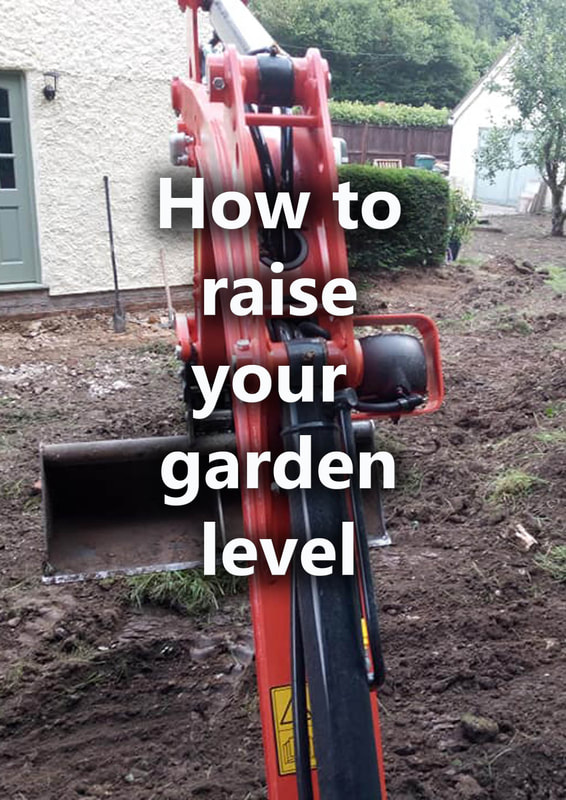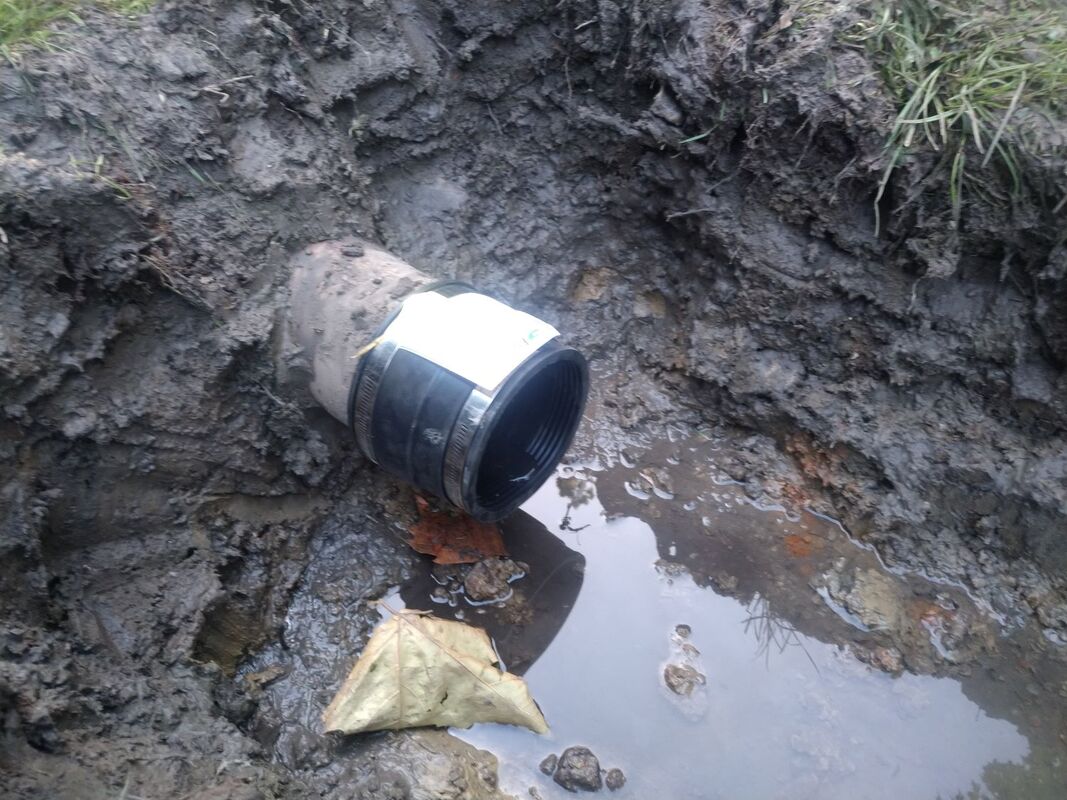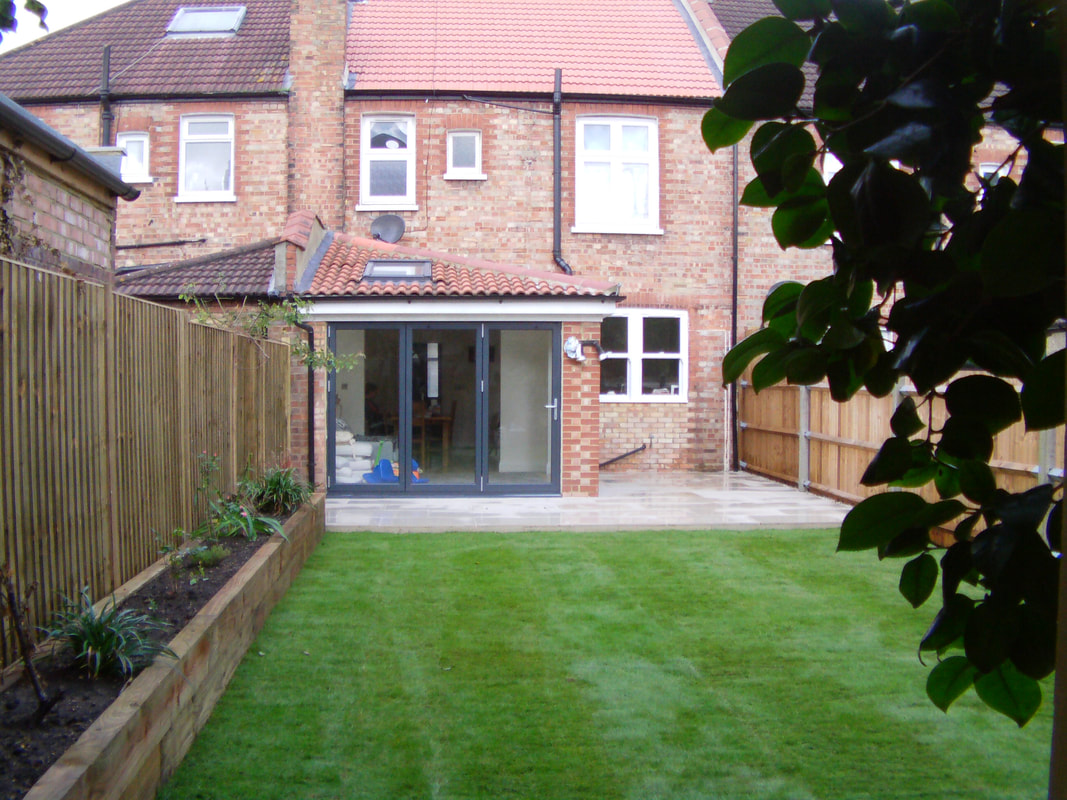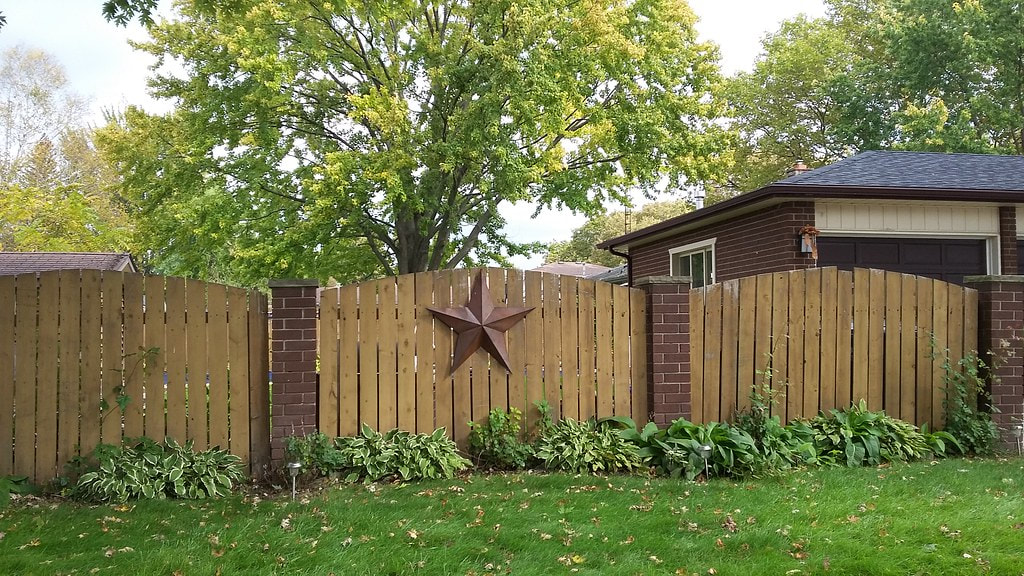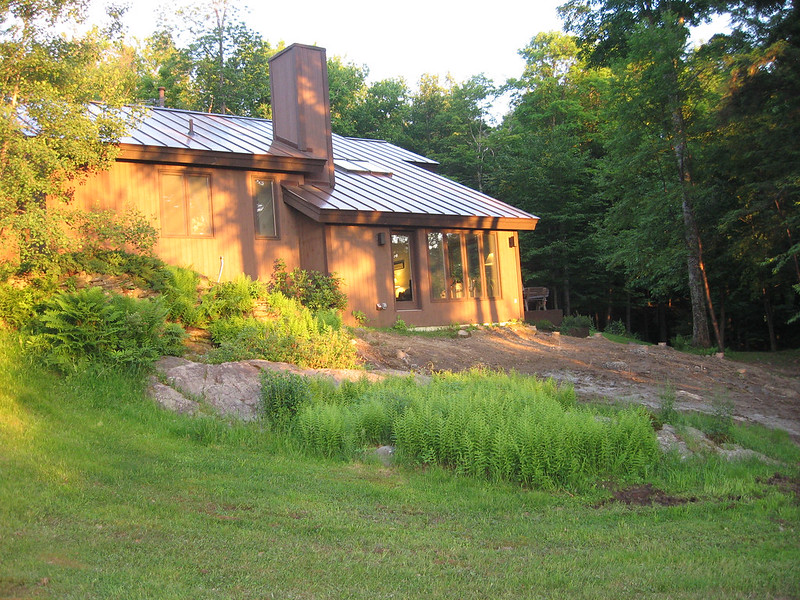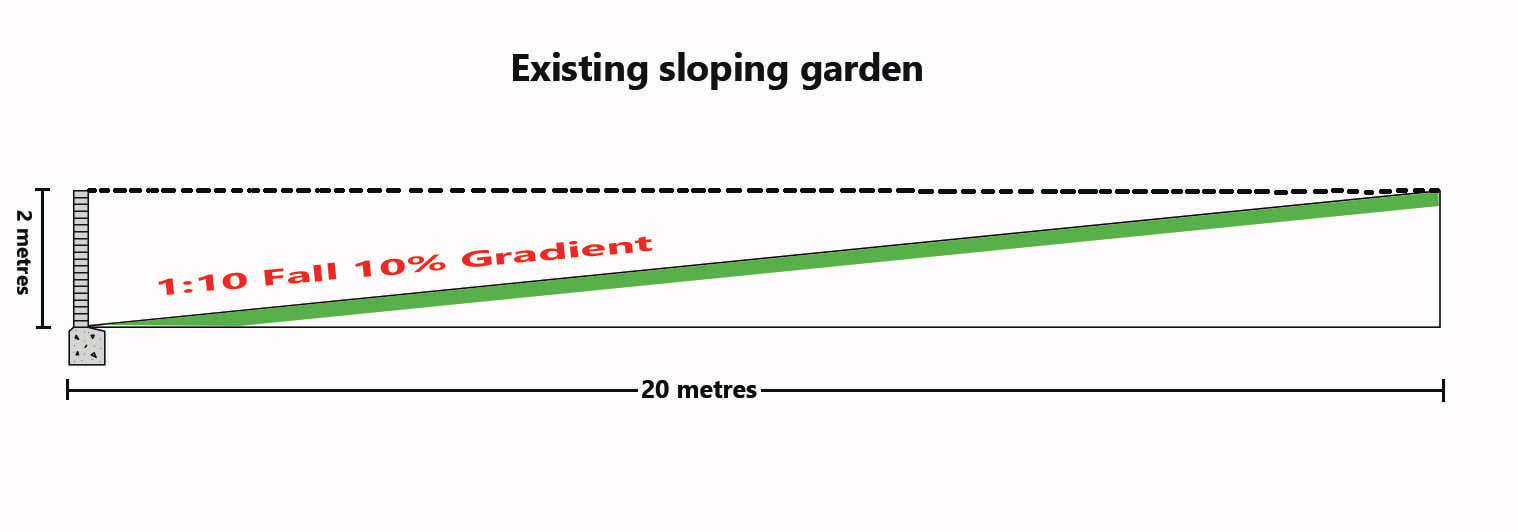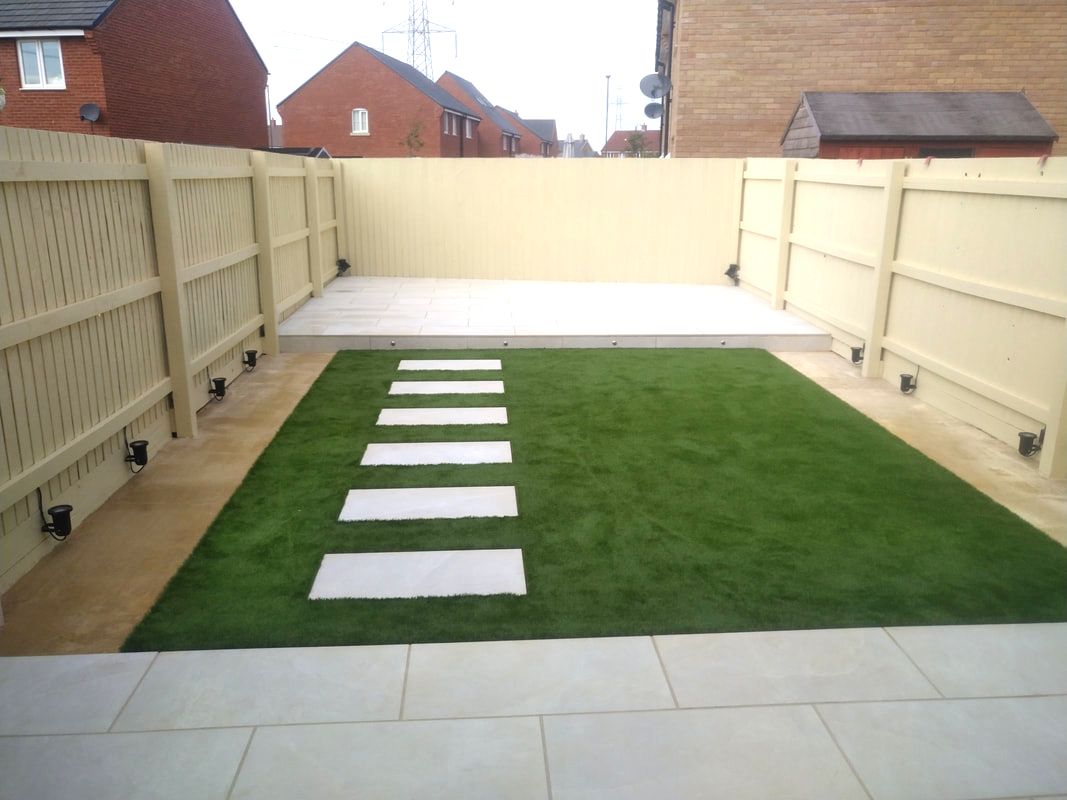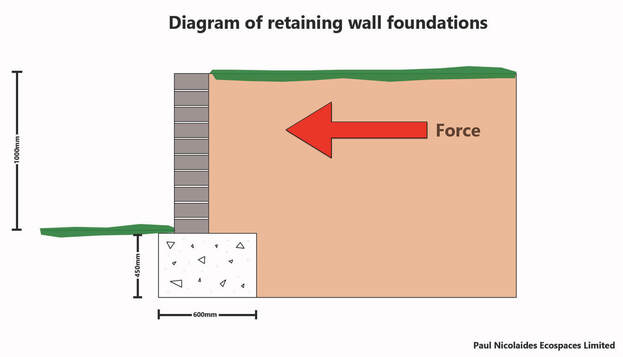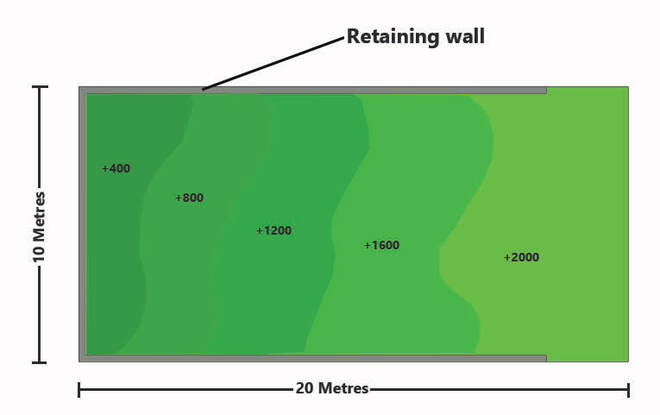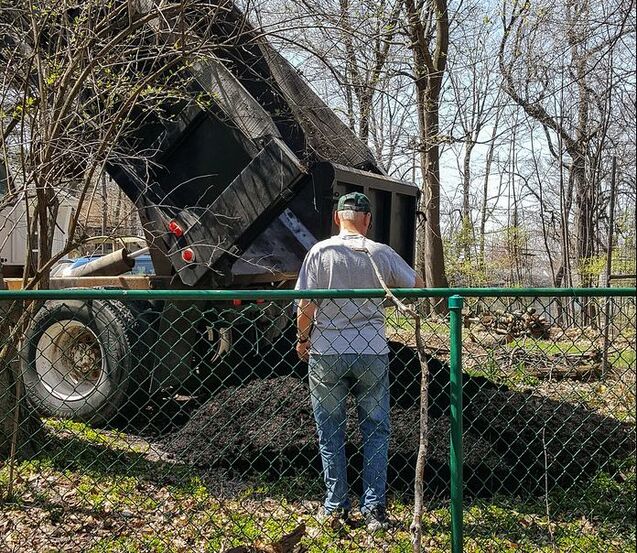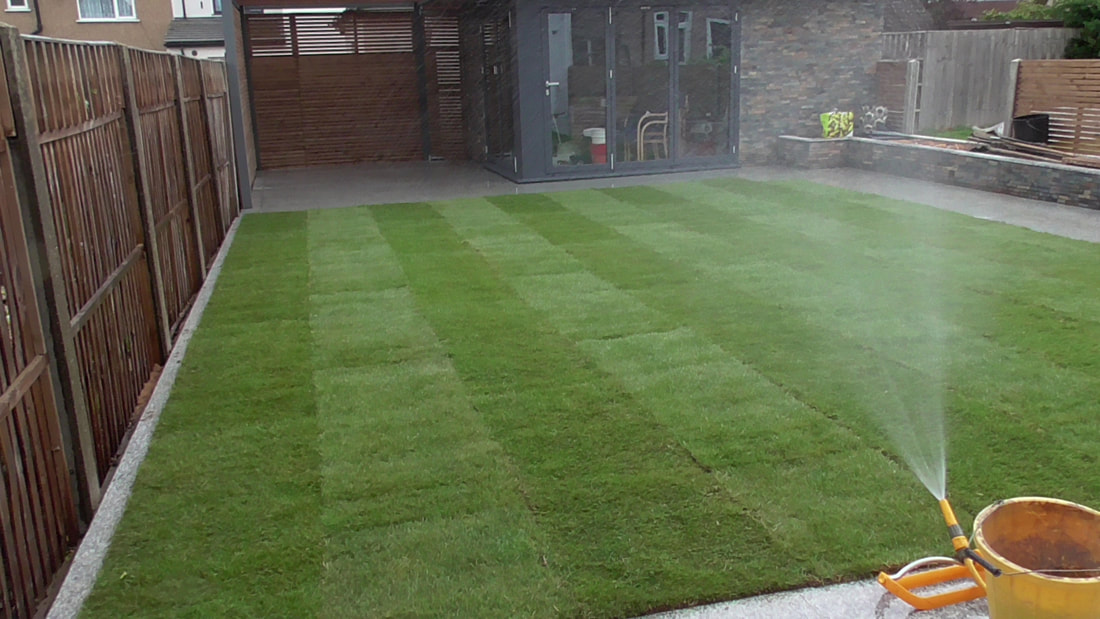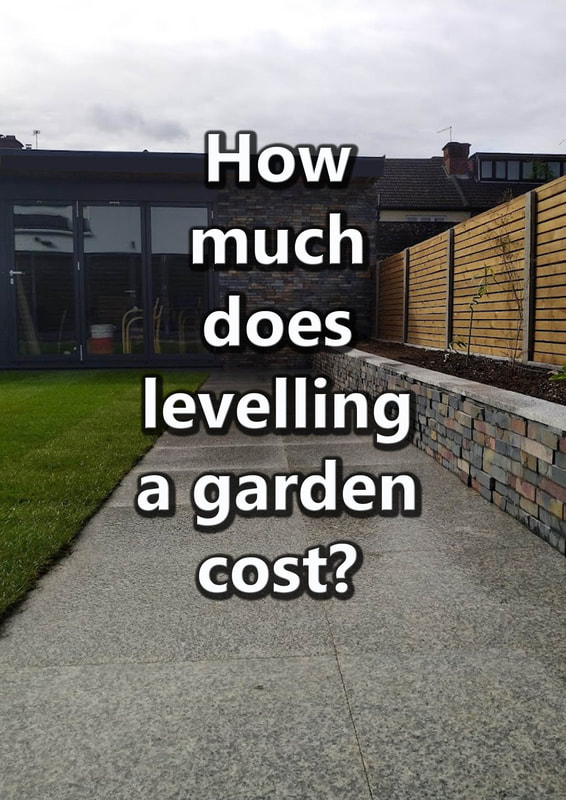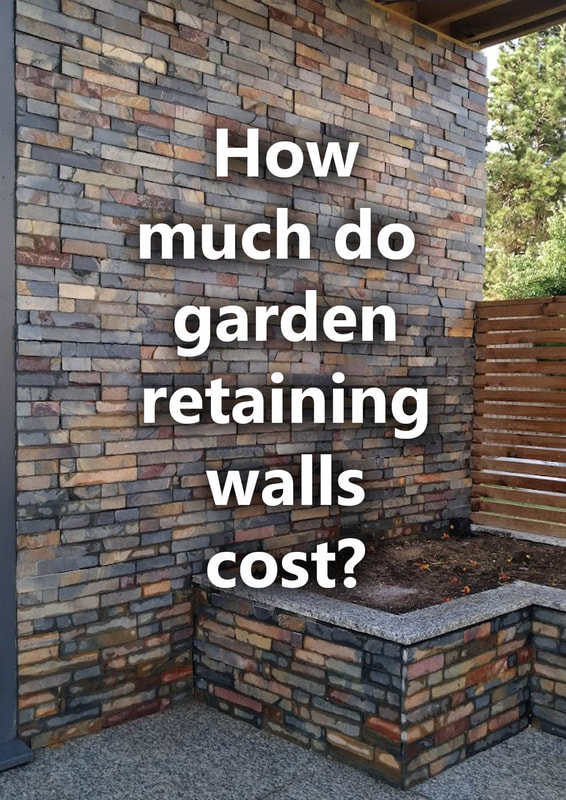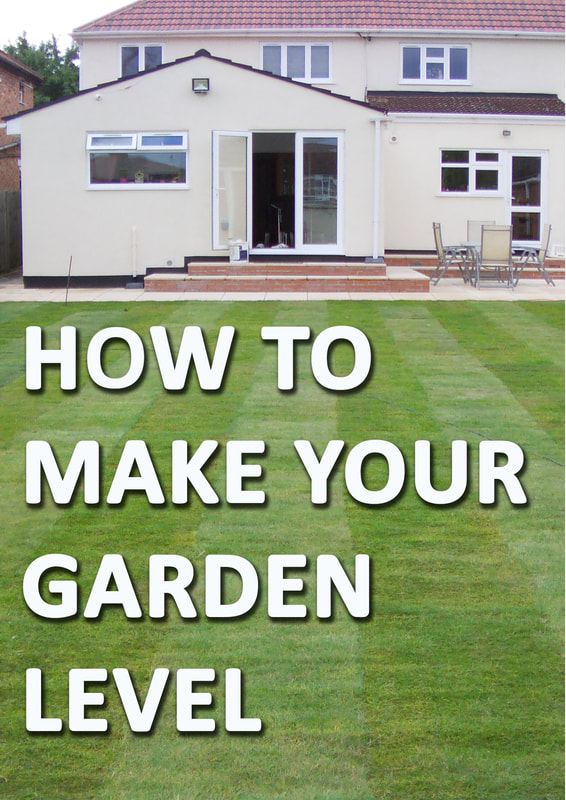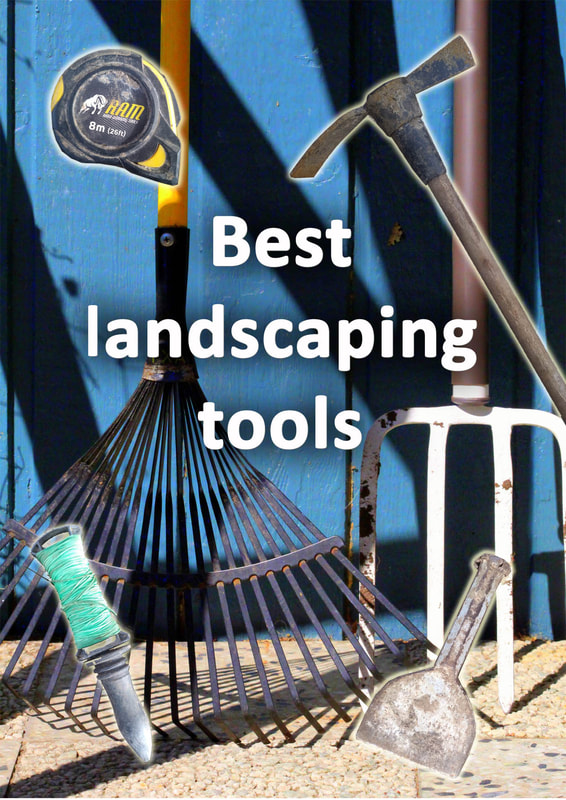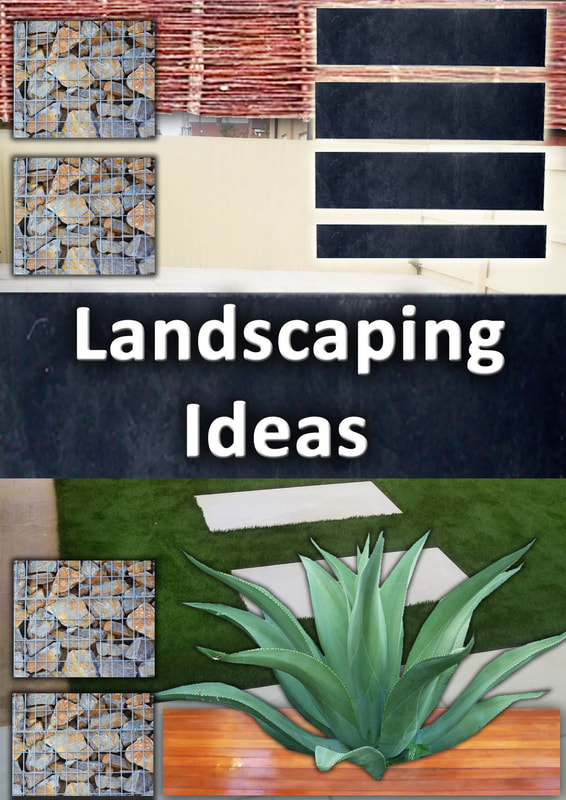|
This article contains affiliate links
Gardens are one of the most favoured parts of the home during the summer months. Warm and sunny days allow us to have fun get-togethers and memorable dinner parties.
However gardens rarely provide perfectly level and hazard free environments like the home. Consequently there is always a desire for a perfectly flush and level garden with no uneven terrain. One of the ways this can be achieved is to raise your garden soil level. There are two main reasons for wishing to raise your gardens level we have described these below: DrainageDivots and low spots in the garden can create damp and boggy conditions by forming puddles. Similarly gradients can lead to boggy gardens at the base of slopes. Having a naturally lower garden level than your neighbour’s means you will receive their entire surface run off. The only way to fix these drainage issues is to raise your garden level so it is perfectly flush. More specific garden drainage information and mitigation can be found in our article here. Creating a level garden.
As in most natural landscapes it is quite common for a garden to have undulation and gradients. The more severe the gradient the more problematic and uncomfortable it is to navigate. Hence it is typical to try and level out gradients into more usable, flat areas. Digging out high areas is much more difficult than filling in low areas. Consequently it is often desired to raise a gardens level by filling in low spots. Analyse your fence boundary
One of the biggest limiting factors when raising your garden level is the bottom of your gardens boundary. For example if your fences step down a dramatic slope you cannot heap up soil up against a fence. Such a levelling scenario would require heavy retaining walls constructed along the low end of the boundary. By analysing your gardens boundary you will be able to judge just how much soil you will need. A visual assessment
The naked eye is a good judge of your existing garden levels. Go to the far end or each corner of your garden. In a press up movement put your eye to the ground to try and locate where your low spots are. This will help you to identify areas of undulation and a flush level point at the low end. This process will enable you to begin to work out your gradient and cut and fill calculations. Working out your gradient
Working out the gradient of your garden will directly assist in raising your garden levels. The gradient will enable you to work out how high your garden is at its lowest point. This measurement multiplied by the average depth and surface area will provide the quantity you need to infill in cubic metres. In the diagram blow you see the gradient goes down 2 metres for every 20 metres it travels. Therefore the gradient is one in 1/10. How to make your garden perfectly level
Many people strive to make the surface of their garden perfectly level like the floors of their home. This is easier in some gardens than others especially those which are already quite flat. The easiest way to achieve a perfectly level garden is by installing level edging to the boundary. This provides both a visual and physical guide for filling in level surfaces. As you build you can stretch a string line across from the edges to check the level. In gardens with significant slopes garden edges may become retaining structures. Retaining structures
In order to raise your gardens level most of the time you will need to install retaining features. These usually take the form of retaining walls or garden edgings with retaining foundations. These will be especially needed if you need to raise the soil level by more than a few inches. The most common examples of retaining walls in gardens are timber sleeper, concrete and brick. A full description of these retaining installations with associated costs can be found in our article here. Levelling your subsoil
When raising your soil level it is important to remember that new, loose, soil will settle. No matter how much you try to compact topsoil mother nature will always do a better job. When soil is excavated or worked to a loose structure it fills with air. After being laid flat moisture will lubricate the particles settling the ground after a season or two. Hence when filling with new soil it is important to level the existing sub-soils as much as possible. This is so there are not large depths of soft topsoil being laid which may settle disproportionately. Working out infill
To raise your gardens level you will need to work out how much material you need to build up levels. If you are laying a new lawn or soft landscaping you will need topsoil or mot type 1 for hard surfacing. If you already have a flat garden the calculation is much simpler. Simply multiply the length x width x depth, it is important you get the decimal point in the correct place for the calculation. For example lets work out how much build up we will need for 10m x 20m x 100mm. 10 x 20 = 200 square metres, 200 x 0.100mm = 20 cubic metres. However for sloping gardens this will be a little bit more strategic. If you have an even gradient you will need to multiply the area by the average depth. If you have multiple undulations you will need to divide the area up into average depth zones. Supply and spreading topsoilIt is always surprising just how much soil can be needed to raise a gardens level moderately. The 20m x 10m x 100mm example above is only raising an average sized garden by 100mm (4 inches). However the soil amount needed is 20 cubic metres, that’s a large amount of material! On average this would be 1.5 truck loads and take a man 4 days to wheel and spread. Hence do not underestimate both the work and expense of raising your gardens level. Consolidating
When building up ground try to consolidate every 100mm layer of topsoil. This is to avoid as much settlement as possible. If you have deep voids to fill you may consider filling the bulk and top dressing the following year. This will give the mass of the infill a year to settle so you don’t end up with a depression. This is particularly useful if you want to achieve the perfectly level lawn with an edging mow strip. If you are filling low spots under a patio compact type 1 with a compacter every 100mm. alternatively you can fill voids up with wet concrete mixes. Levelling
Levelling is the icing on the cake for any garden raising project and requires a keen eye. Levelling soil to a consistent level is very much a refined skill. You have to gently consolidate as you go and know exactly how much soil to heap in each area. This is exactly the same for spreading hardcore sub bases for surfacing like paving. To achieve a perfect level you can peg out a consistent level with a spirit level, hammer and pegs. Levelling any raised garden becomes much easier with level edgings which provide a continuous, level guide. Tools & Equipment to raise your garden soil level
Laser level
String line Folding set square Long spirit level Straight edge Spade Mattock Grafting bar Long handled shovel Landscaping rake Vibro-compaction plate Stiff broom Wheelbarrow
Thank you for reading our article on how to raise your garden level. If you need more information on levelling, garden edging and retaining structures with costings check out my articles below.
How to level your garden How much does garden levelling cost? How much does garden edging cost? How much do retaining walls cost?
If you are planning a new garden project yourself why not check out our resources page of recommended tools article.
'As an Amazon associate I earn from qualifying purchases'
0 Comments
Leave a Reply. |
The Author
|
Landscaping services across Buckinghamshire, Amersham, Aylesbury & High Wycombe
Hyde Heath, Amersham, Buckinghamshire |
|
